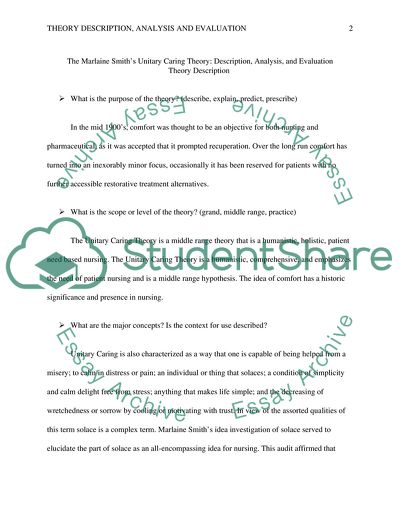Cite this document
(Synthesized Theory Essay Example | Topics and Well Written Essays - 1250 words, n.d.)
Synthesized Theory Essay Example | Topics and Well Written Essays - 1250 words. https://studentshare.org/nursing/1867415-marlaine-smiths-unitary-caring-theory
Synthesized Theory Essay Example | Topics and Well Written Essays - 1250 words. https://studentshare.org/nursing/1867415-marlaine-smiths-unitary-caring-theory
(Synthesized Theory Essay Example | Topics and Well Written Essays - 1250 Words)
Synthesized Theory Essay Example | Topics and Well Written Essays - 1250 Words. https://studentshare.org/nursing/1867415-marlaine-smiths-unitary-caring-theory.
Synthesized Theory Essay Example | Topics and Well Written Essays - 1250 Words. https://studentshare.org/nursing/1867415-marlaine-smiths-unitary-caring-theory.
“Synthesized Theory Essay Example | Topics and Well Written Essays - 1250 Words”. https://studentshare.org/nursing/1867415-marlaine-smiths-unitary-caring-theory.


